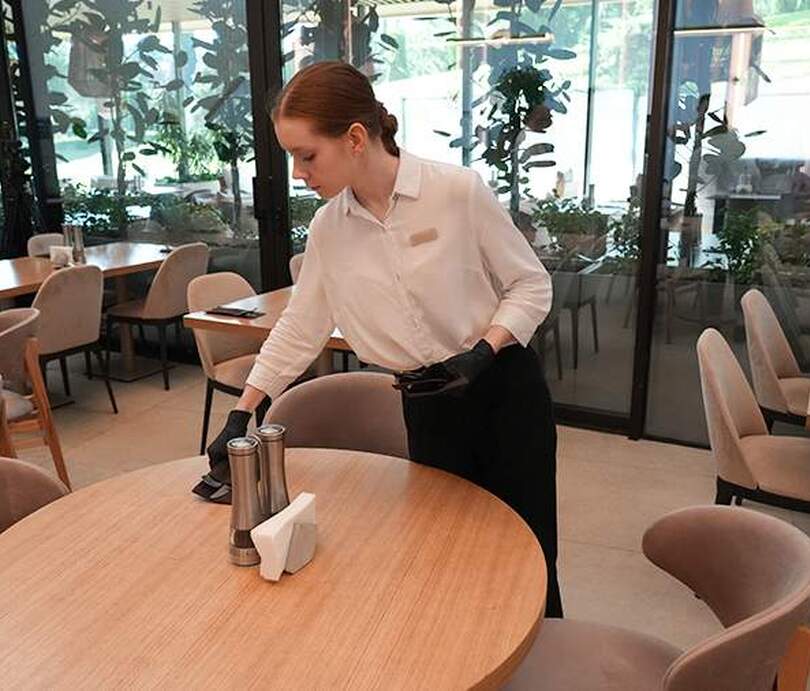
Imagine this: you're savoring a $200 Wagyu steak in your favorite Italian wool suit when an overzealous waiter transforms your lapel into a Pollock painting with a rogue wave of bolognese. The fabric absorbs the sauce like a parched desert, while your dignity evaporates faster than the restaurant's house wine. But before you drown your sorrows in tiramisu, know this – the law might just have your back.
Seasoned legal eagles suggest treating such incidents like crime scenes. Documentation is your sword and shield in these gastronomic gladiator battles. Snap photos of the damage with your smartphone – modern technology turns every diner into a forensic investigator. Secure witness statements from sympathetic fellow patrons; their testimony could be worth more than the sommelier's recommendations.
Legal compensation isn't some arbitrary number plucked from thin air like a Michelin star. Courts consider multiple factors:
The depreciation dance – that $3,000 suit loses value faster than a soufflé in a draft. But here's the twist: you might claim the full replacement cost if the garment was practically new. Cleaning bills get factored in too, though judges can spot inflated dry cleaning claims like food critics detect frozen entrees.
Then there's the emotional distress soufflé – that sinking feeling when your confidence gets shredded like parmesan. While harder to quantify, significant embarrassment (say, during a business dinner) can sometimes sweeten the compensation pot.
Many diners commit cardinal sins that sabotage their claims:
Smart restaurateurs handle these incidents with the precision of sushi chefs – offering immediate cleaning, discreet compensation, and enough apologies to fill a wine cellar. Those who don't? They risk more than just a bad Yelp review.
Remember: in the high-stakes world of dining decorum, the prepared patron always eats for free – or at least gets their cleaning bill covered.



















